The arrival of the Zenvo Aurora marks the rebirth of the niche Danish supercar maker as it moves away from the brutalist ST1 and TSR models that have defined its 16-year history.
“We sat down in the beginning and questioned what this car should be,” chairman and chief commercial officer Jens Sverdrup told Autocar. “Why should I buy this car? Why a Zenvo?”
The answer it landed on was a whopping great V12, measuring 6.6 litres in displacement and packing a quartet of turbochargers. Named Mjølner, after Thor’s hammer, it produces 1250bhp at 8000rpm before thwacking against the redline 1800rpm later.
“If an alien happens to land at a racetrack and they hear a couple of [our] V12s, they will have their hairs standing up and tears running from their eyes,” Sverdrup said. “We are emotional beings, and [the sound] matters.”
“It’s the last chance” to produce such an extravagant engine, he added, but an element of hybridisation was still required to ensure compliance with the upcoming Euro 7 emissions regulations. To this end, the fastest Aurora receives three 200bhp electric motors – integrated into the powertrain and one on each front wheel – bumping total system output to 1850bhp.
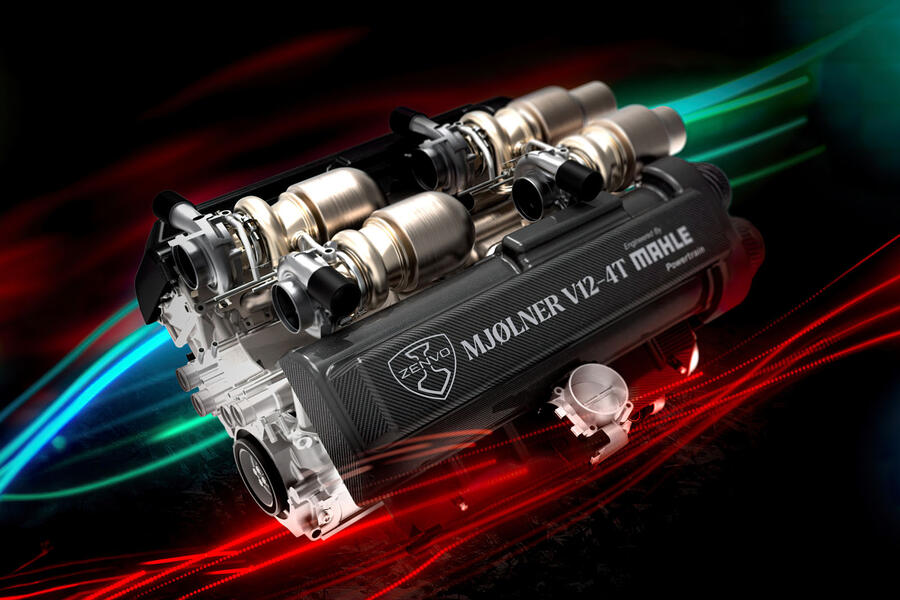
Zenvo claims this is enough to dispatch the 0-62mph sprint in 2.3sec, faster than a Bugatti Chiron Super Sport, before powering onto a top speed of 280mph. It is also capable of driving roughly 21 miles on electric power alone, enough to silently sneak out of town or a village on the way to a track day. “It’s getting less and less acceptable to fire up a V12 at five o’clock in the morning,” said Sverdrup, joking.
In spite of the Aurora’s huge power output, Sverdrup claimed the brief was never about chasing headline-grabbing figures. He said: “We don’t care how fast it is at the Nürburgring, because it will be fast anyway. For me, it’s better if you are able to get in and out of the car easily. That’s worth way more to me than adding or subtracting a second on track.”


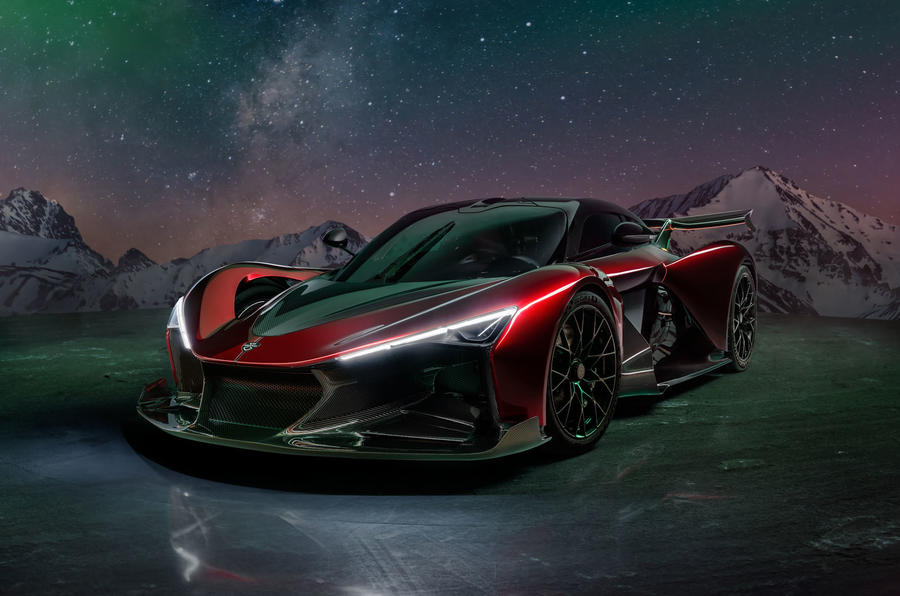






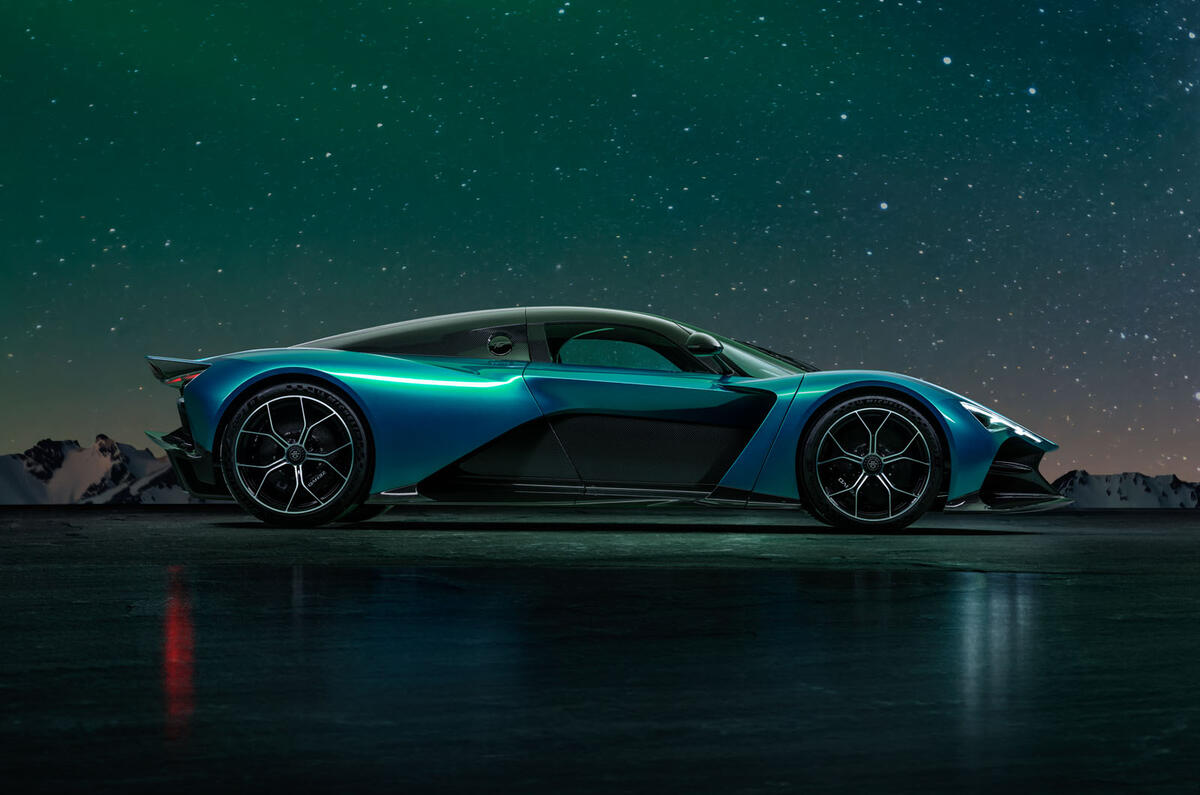

















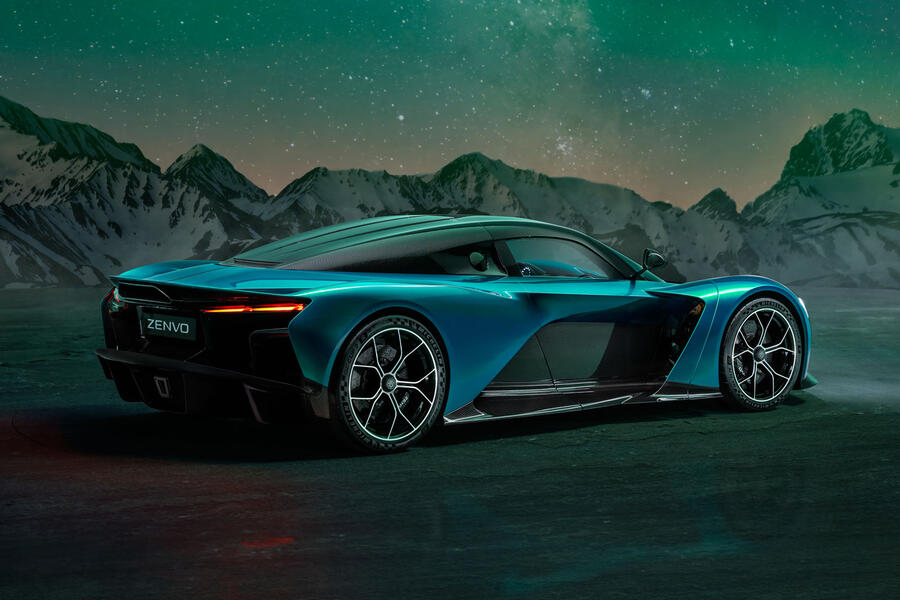
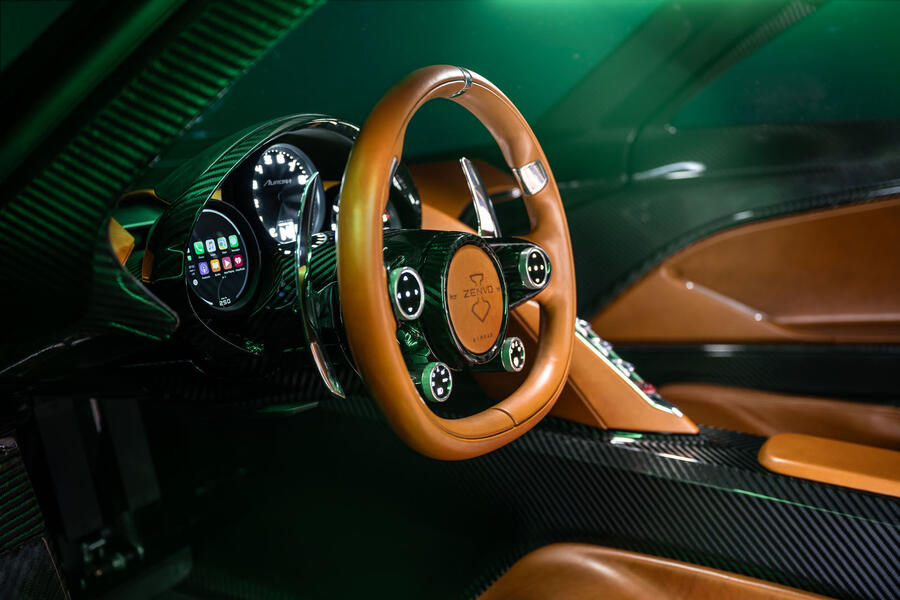





Join the debate
Add your comment
Utterly pointless.
Cough!!, £3 million for a car without any heritage, I suppose it doesn't really matter, as long as it handles is reliable, it'll never be a daily driver, it may be a garage bunny or a runway toy, it's designed to make money you and I will be very lucky to see one,so fine, next car please.